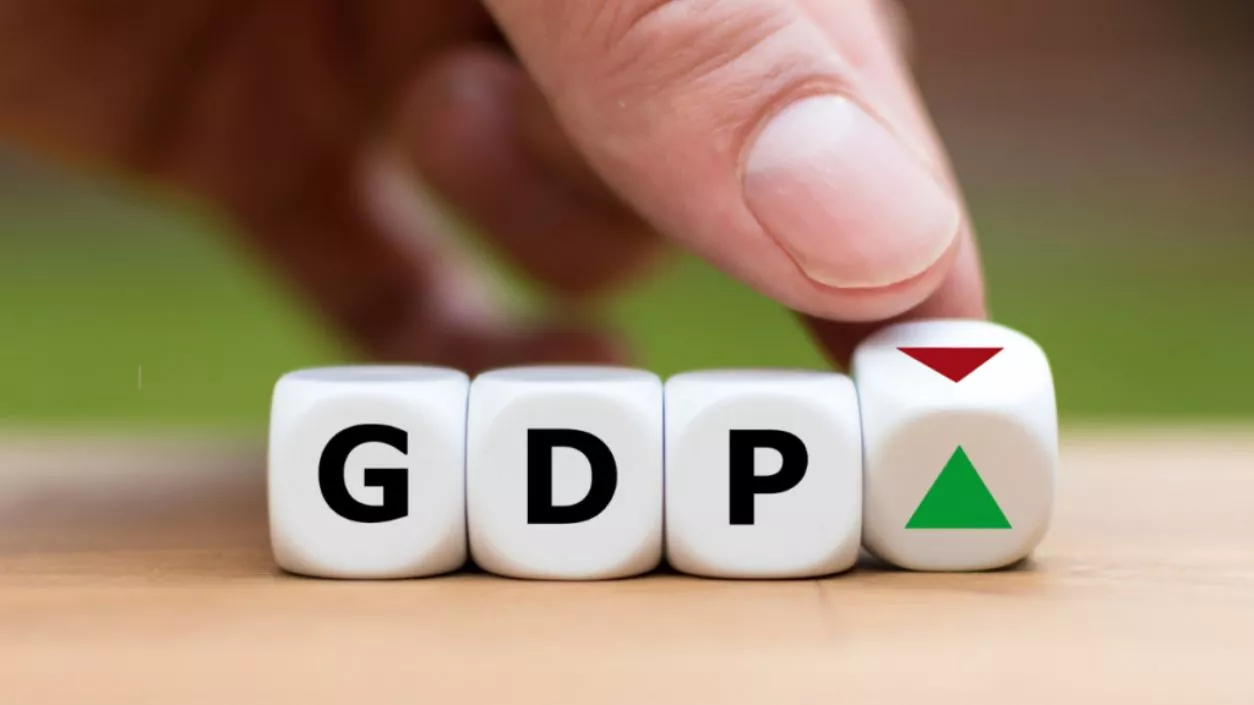Protests erupt outside Kasba Police station as 3 arrested in alleged Kolkata college gang rape
.gif)
.gif)

India's economy is projected to grow at 6.4% in FY2024-25, as per the first advance estimates of national income released by the National Statistical Office (NSO). This represents a significant decline from the 8.2% growth recorded in FY2023-24. The estimate is slightly below the Reserve Bank of India’s (RBI) forecast of 6.6% for FY2024-25. Real Gross Value Added (GVA) is expected to grow by 6.4% in FY2024-25, down from 7.2% in FY2023-24. Nominal GVA is forecasted to increase by 9.3%, up from 8.5% in the previous fiscal year.
The agriculture and allied sectors are projected to grow by 3.8% in FY2024-25, compared to 1.4% in FY2023-24. The construction sector is expected to see growth of 8.6%, while the financial, real estate, and professional services sectors are estimated to grow by 7.3%. These sectors are expected to contribute significantly to the overall economic performance in FY2024-25.
Private Final Consumption Expenditure (PFCE) is projected to grow by 7.3% in FY2024-25, an increase from 4.0% in FY2023-24. Government Final Consumption Expenditure (GFCE) is expected to rise by 4.1%, up from 2.5% in the previous fiscal year. These indicators suggest a potential recovery in demand, with both private and government consumption expected to support the economy.
Real GDP is estimated to reach ₹184.88 lakh crore in FY2024-25, compared to ₹173.82 lakh crore in FY2023-24. This reflects an increase in economic output despite the slowdown in growth. The second quarter of FY2024-25 saw a GDP growth rate of 5.4%, lower than the 7% forecast by the RBI. This slower-than-expected growth in the second quarter led the RBI to revise its growth forecast for FY2024-25 downward.
High inflation, particularly food price inflation, remains a significant challenge. The RBI has maintained the repo rate at 6.5% to manage inflation. Despite the slowdown, the economy is expected to continue growing, but with caution due to inflationary pressures that have affected urban consumption.